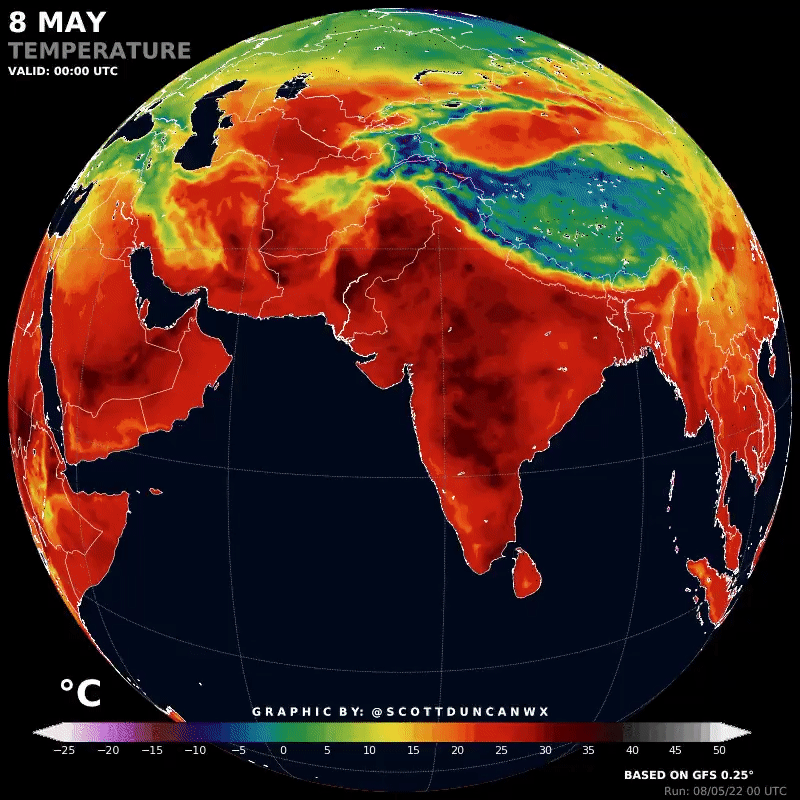Destabilized Saturday Edition #17
Putin on the couch, cascading instability, Originalism Twitter factions, and scoring the Simmons-Harden trade
In the coming weeks, the right-wing majority of the U.S. Supreme Court1 will issue its ruling in New York State Rifle & Pistol Association v. Bruen, likely overturning a New York law that restricts who can carry firearms. From the New York Times report on oral arguments:
New York State has one of the most restrictive gun laws in the country, sharply limiting people’s ability to carry weapons outside their homes.
But questioning from Supreme Court justices this week suggested that the law could soon be declared unconstitutional, upending the way the state regulates firearms at a time when many of its cities are experiencing a crisis of gun violence.
In Time, Robyn Thomas, executive director of the Giffords Law Center, highlighted the incentives that would emerge from such a decision, and where they lead:
It creates a situation where everybody has to arm up in order to protect themselves, creating a virtual arms race… More guns in public spaces equals more gun violence and more deaths.
The data backs her up:
A 2017 examination of state-level crime data by Stanford Law School Professor John Donohue found that states saw an estimated 13% to 15% increase in violent crime in the decade after enacting a right-to-carry concealed handgun law.
There’s a lot to say about this but I want to focus on one particular element. What jumps out to me is that this is an example of cascading instability, a concept I wrote about last week in Russia and Roe v. Wade (and subsequently named in last weekend’s Saturday Edition – concepts need names).
Cascading instability occurs when the emergence of one locus of instability, like extreme social division and political polarization in the U.S., creates the conditions for others to emerge, like a radical right-wing Supreme Court and an emboldened Russian dictator. Those conditions of instability, in turn, create more instability, including the Ukraine invasion and the reversal of longstanding legal precedents.
In the case of the New York gun control law, the right-wing Supreme Court is poised to let many more people carry firearms around New York City. What will that lead to? As the number of people with guns increases, how will the city’s social ecology change? We can’t know for certain, but I confess to being worried. Guns, fear, and density generally don’t mix.
I’ve focused on New York City because I live here and the case is about a New York State law, but similar gun control laws in California, New Jersey, Massachusetts, Maryland, and Hawaii would also be overturned. That’s around 80 million people, one quarter of the entire country.
My Work
Extreme weather, sea level rise, drought, and wildfires will, at some point, drive significant internal migration in the U.S. Some in climate vulnerable places will stay and brave whatever comes. Many others will, however reluctantly, leave their homes in search of more durable communities where they can build collective resilience to ever-shifting climate realities.
What areas will people eventually leave? To where will they move? These questions are important to consider in making what I consider the most important decision every family will make in the climate change era: where to live.
Interesting Reads
Biden puts Putin on the couch over Ukraine
On Monday, at a Democratic National Committee even outside Washington, the president shared this brief but interesting observation about Putin. “He is a very, very, very calculating man. And the problem I worry about now is that he doesn't have a way out right now, and I'm trying to figure out what we do about that,” Biden said.
Tweets of the Week



(“Flooding the zone with shit” was coined by Trump apparatchik Steve Bannon.)

Extreme Weather Watch















